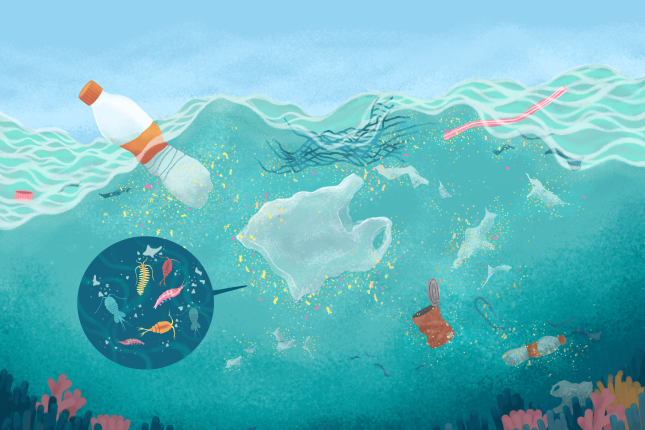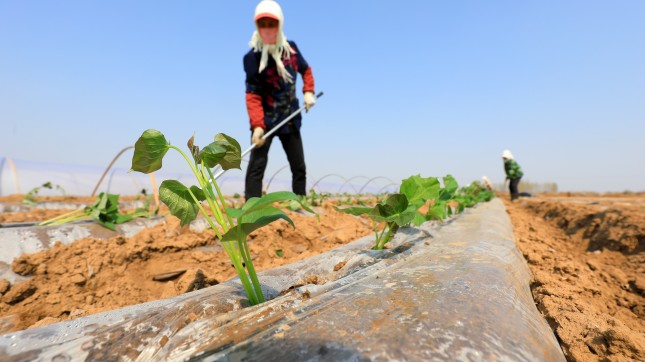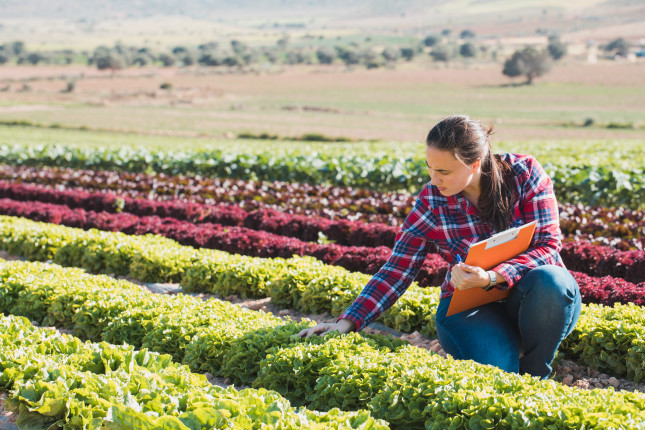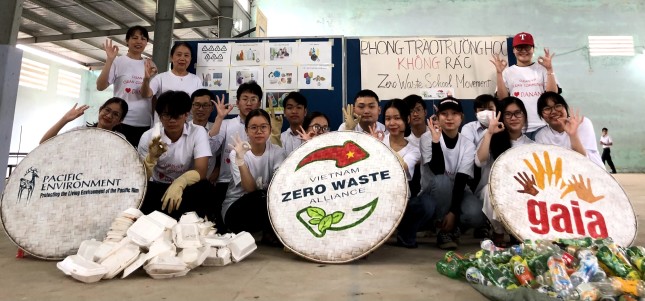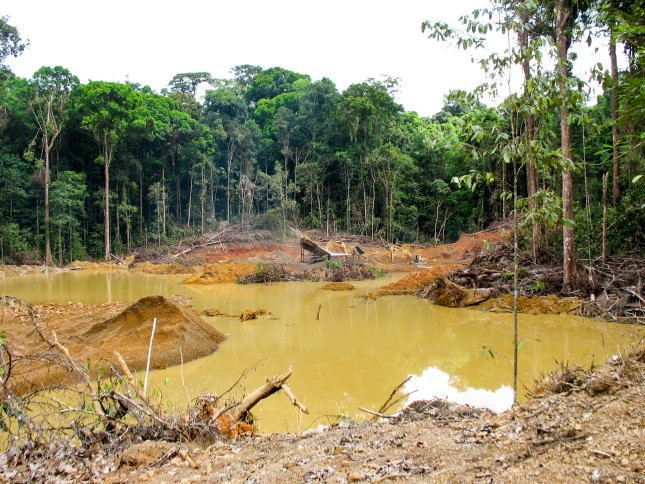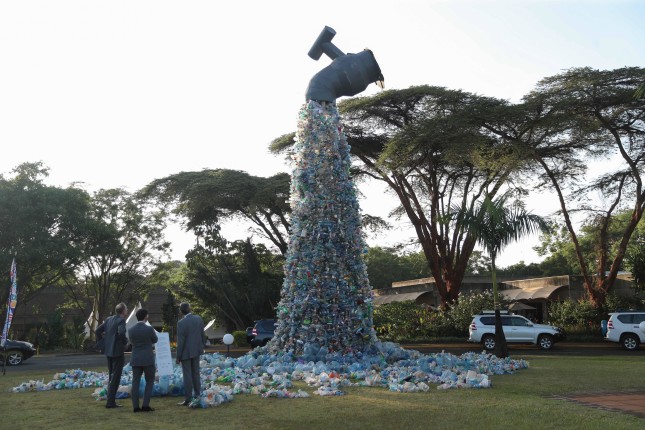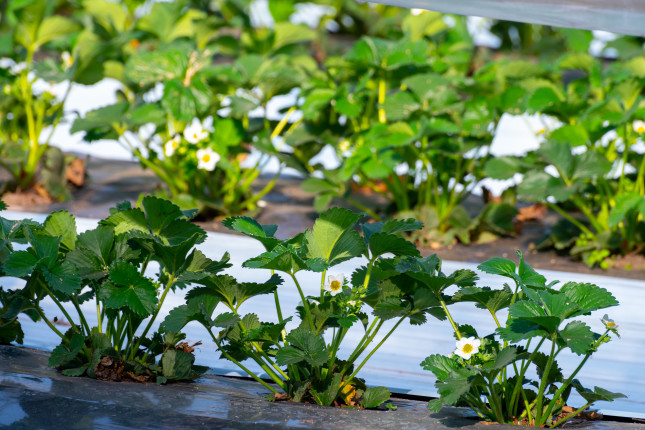-
How plastic is fueling a hidden climate crisis in Southeast Asia
›With sea level rise and ecological collapse threatening its environment and the very existence of its main coastal cities, Southeast Asia is one of the regions most at risk from the impacts of climate change. But while countries around the world step up efforts towards decarbonization and reaching their shared climate goals, carbon remains unchallenged – in the form of plastic – and firmly entrenched in Southeast Asia’s economy.
-
Microplastics in Soil – Small Size Big Impact on U.S. and Chinese Agriculture
›Collecting plastic fragments was a game he played while helping his parents farm when growing up in rural Shandong Province, says Dr. Zhao Kaiguang, who is now an associate professor of Environment and Natural Resources at The Ohio State University: “I wanted to collect the most, but did not realize the serious negative implications of leaving plastic in the soil.”
-
Farming for Our Future: Climate-Neutral Agriculture in the United States and Beyond
›The realities of climate change — including more frequent floods, droughts, wildfires, heat waves, and more — are becoming ever more visible in every country. Agricultural producers face immediate impacts from these weather events. A marked increased in the incidence of pests and more challenging working conditions further harm their ability to grow plants and raise animals to feed people.
-
The Zero-Waste School Movement Is Finding Its Stride In Vietnam
›During February’s Lunar New Year holiday, Vietnam Zero Waste Alliance coordinator Xuan Quach and her family were returning home to Thai Binh. When they were halfway home, Xuan’s brother nonchalantly tossed a plastic bottle out the window. Xuan opened her mouth to chide her brother, but was surprised when her niece scolded him, “Dad! Don’t contribute to plastic pollution!” Xuan grinned, knowing that all of her hard work educating the public about the dangers of plastic waste was paying off.
-
Crouching Tiger, Hidden Decarbonization: China’s National Emissions Trading System
›In this Year of the Tiger, China, the world’s largest carbon emitter, is signaling more aggressive climate action on several fronts, including expanding its national carbon emission trading system (ETS). Since the launch of the program on July 16, 2021, results have been encouraging; carbon intensity fell three and a half percent in the second half of 2021 and total carbon emissions only grew by four percent, compared to nine percent in the first half of the year. However, China’s implementation of ETS has triggered criticism for having low penalties, loose restrictions, and too low a carbon price. Like a tiger in tall grass, it is vital that Chinese policymakers pounce on the obstacles to expanding ETS coverage and transition from an intensity-based cap to an absolute cap. Signs show this can happen sooner as opposed to later.
-
China’s Growing Environmental Footprint in the Caribbean
›
China continues blazing a trail across the Wider Caribbean through large capital flows, loans, and investment. In the last two years alone, more than a dozen Caribbean nations have signed on to China’s Belt and Road Initiative—even as some still recognize Taiwan, perhaps the only remaining sticking point preventing further signatories. The deepening of relations did not happen overnight, but it is only recently that the Belt and Road Initiative has drawn attention to China’s strategic investments and growing political bonds with Caribbean island nations.
-
World’s Nations Commit to Ending Plastic Waste
›The United Nations has laid the foundation for negotiations to begin on the world’s first legally binding treaty to end plastic pollution. At the United Nations Environment Assembly (UNEA) in Nairobi earlier this month, the parameters were set for a future treaty, including hard-won provisions to address the full life cycle of plastics and tackle waste in all environments, not just the ocean.
-
The Dirt on Agricultural Plastic Pollution of the Soil in the U.S. and China
›Farmers in the United States and China who grow strawberries, melons, and other fruits and vegetables often face the same arduous challenge—after harvesting they must gather up and dispose of the plastic mulch used to increase production. After months in the hot sun, the plastic sheeting starts to shred and break apart, leaving fragments behind in the soil.
Showing posts from category China Environment Forum.


